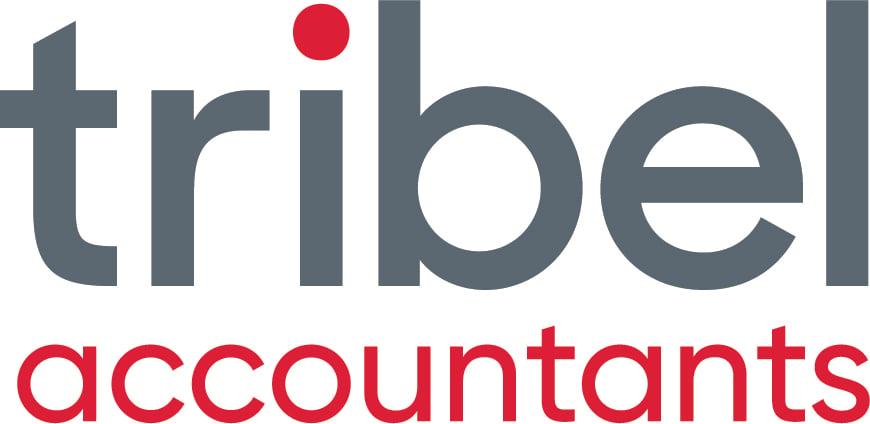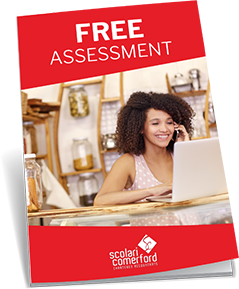INTRODUCTION:
Formally trained business valuers are a taught right from the beginning that if you want to get sued when doing a business valuation just value the business on the numbers. So what are the top 4 things that consultants get wrong?

1. Financial Statements are the only things taken into account.
Whilst this is obviously a very important part of any business valuation, business valuers Sydney should be taking other things into consideration other than figures prepared by an accountant such as:
- Projections;
- Current state of the industry;
- Owner reliance;
- Concentration of small number of customers (what if they leave?!);
- Employee dependence;
- Supplier dependence;
- Government regulations and trending;
- Opportunities for business growth;
- Capacity of existing premises and plant;
- Business risk (e.g. movement in exchange rates);
- Competition;
- Management Information Systems;
2. Wrong Capitalisation rates (multiples) are used
Business valuers can often pick the wrong multiples of earnings before tax when using the sustainable earnings or capitalisation of future maintainable earnings method. There is a common myth that most businesses should be valued at 3 times earnings. Whilst many businesses will trade at 1-5 times it's important to assess what is reasonable given the specific business being valued and why it could be valued higher or lower than this perceived 'average'.
It's important when assessing a 'cap rate' as its sometimes known to consider current industry rates and even public companies' price earnings ratios. A private company will usually have its multiple of earnings running at approximately 20%-40% of the multiple of a listed company in a similar industry.
Remember that risk plays a massive role in determining this number. The riskier an area noted in 1 above is, the lower the multiple (and therefore business value) will be.

3. Incorrect Valuation Method is used
It's very easy to assume that the future maintainable earnings method will be used almost every single time. Here are some of the most common business valuation methods:
- Capitalisation of future maintainable earnings (for businesses that have a solid history of profitability and where it is reasonable to expect there is value over and above the underlying assets used by the business to generate its profits);
- Cost to create (for businesses that have little goodwill have been making losses in the few years after starting up);
- Industry based method (certain industries have a 'rule of thumb method e.g. accounting businesses with turnover of less than $1,000,000 are usually based on a cents in the dollar method based on revenue (not profit);
- Discounted cash flow method (for businesses that have reliable long term cash flow forecasts);
- Net tangible assets method (for those that have little or no goodwill and the value of the business rests in its underlying assets);
4. Adjustments incorrectly made to financial statements or ignored
This is a huge area where mistakes can be made when using the future maintainable earnings method. Errors inlcude:
- Forgetting to add back interest paid or deduct interest received;
- Not using a commercial salary for the owners;
- Market rate of rent not used when assessing profitability where the business uses a related party's premises;
- Liabilities understated (e.g. provisions for employee leave not taken into account or taxation);
- Assets overstated (e.g. debtors not recoverable or obsolete stock);
CONCLUSION:
When looking to get business valuations performed either by business valuers, accountants or business advisors, ensure to enquire about the areas mentioned in this blog. Asking questions and getting an understanding of how the business will be valued not only assists you to get the right answer but also will allow the you the business owner to get a better insight into what is driving its value.


.png?width=100&height=100&name=COVID_Safe_Badge_Digital%20(002).png)



